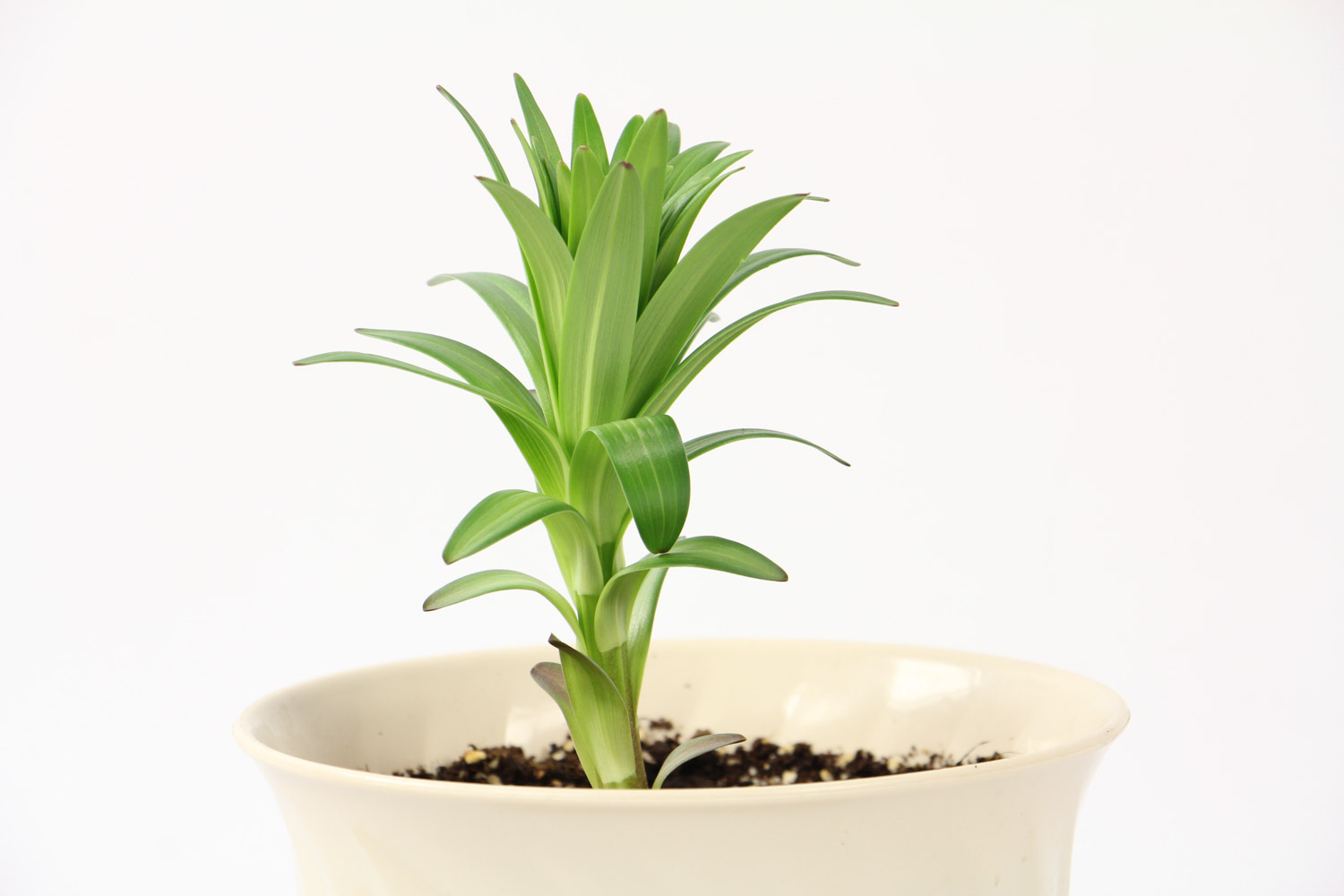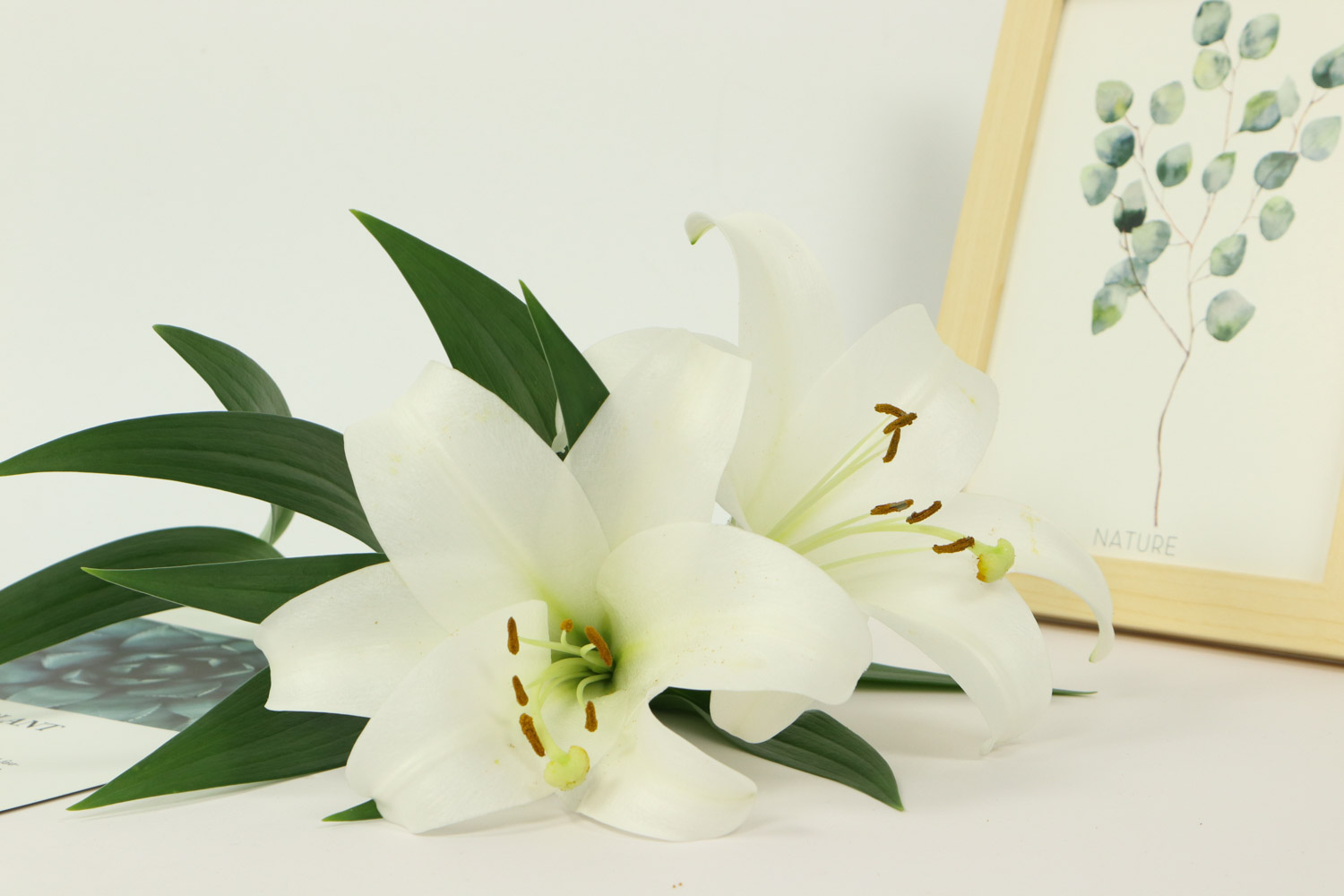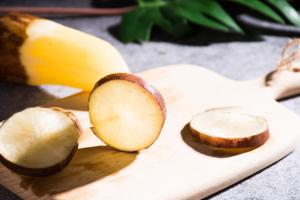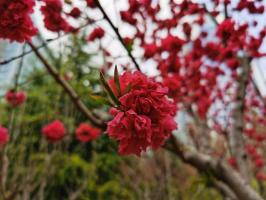1、 Curing method
1. Light: Narcissus Lily needs sufficient light during flower bud development. Insufficient light is easy to cause its dysplasia, resulting in leaf falling. However, proper shade is needed in summer, and the flowerpot should be rotated at regular intervals to ensure uniform light reception
2. Temperature: in the early growth stage of Narcissus lily, the temperature should be controlled at 5-13 ℃. When the temperature is too high, it needs shading or water spraying for cooling. After the rhizome grows, the temperature can be appropriately increased, generally at 18-25 ℃

3. Watering: keep the substrate moist during the growth period of Narcissus lily, but not too damp, otherwise it will affect the respiration of roots. Generally, watering in the morning is more conducive to absorption. You can also spray water at ordinary times to increase the humidity of the environment
4. Fertilization: fertilization should be started one month after daffodil lily is planted. Generally, it is applied once every 5-7 days. The fertilizer is mainly nitrogen fertilizer, and less phosphorus fertilizer should be applied to avoid burning the leaves

2、 Reproductive skills
Narcissus lily is usually propagated by scale cutting. Small balls will appear after cutting, and can become seed balls after proper culture. Tissue culture can also be used to quickly cultivate high-quality seedlings

3、 Pest control
1. Diseases: common diseases include epidemic disease, gray mold and virus disease. Among them, the epidemic disease endangers the roots and stems and is easy to cause wilting and death. It can be treated with aluminum ethylphosphate solution. Botrytis cinerea harms leaves and flowers, which can be controlled with methyl tobuzin solution. Virus disease can lead to plant dwarfism, which can be treated with virinin solution
2. Pests: the main pests are aphids, leaf miner and underground pests. After the occurrence of pests, the pests shall be removed, the diseased branches and leaves shall be cut off, and pesticides shall be sprayed to remove the insects

 jackfruit
jackfruit snake plant
snake plant hibiscus
hibiscus hydrangea
hydrangea lavender
lavender Green roses climb al...
Green roses climb al... If you don't pay att...
If you don't pay att... Management of four g...
Management of four g...
































